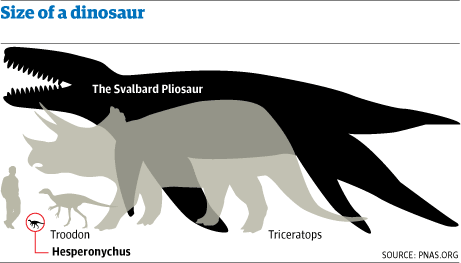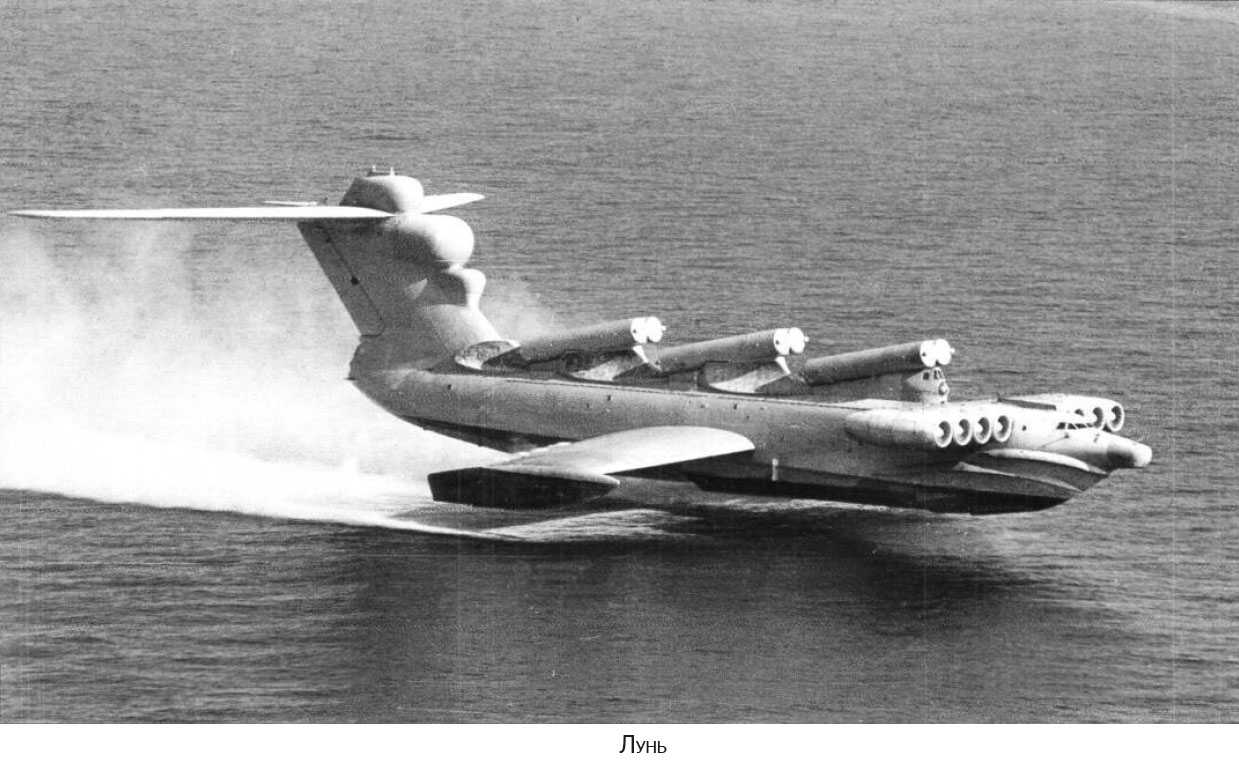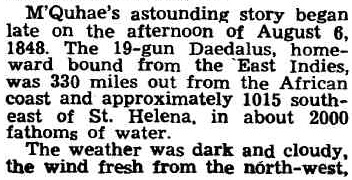I’ve had a thought based on something that Jeremy Wade said.
I used to like the idea of sea monsters in my youth and become more cynical as time progressed and we’ve learnt more about whales, squid, ribbon fish, sunfish, dugongs and the deep sea.
But just perhaps …
… we know of many instances where tens of thousands of like creatures come together. We’ve seen it with spider crabs, other crabs, sea snakes, sardines, even hammerhead sharks.
What if a sea monster isn’t a single organism but a superorganism composed of tens of thousands of individuals swimming together. Such as eels.
If that is treated as a hypothesis, then that hypothesis could be tested by looking at the timing of sea monster sightings. The sightings would appear at the same time each year for a brief period of no more than a fortnight.
Is there any place on or off the web that records dates and places of sea monster sightings? To check for yearly periodicity.






